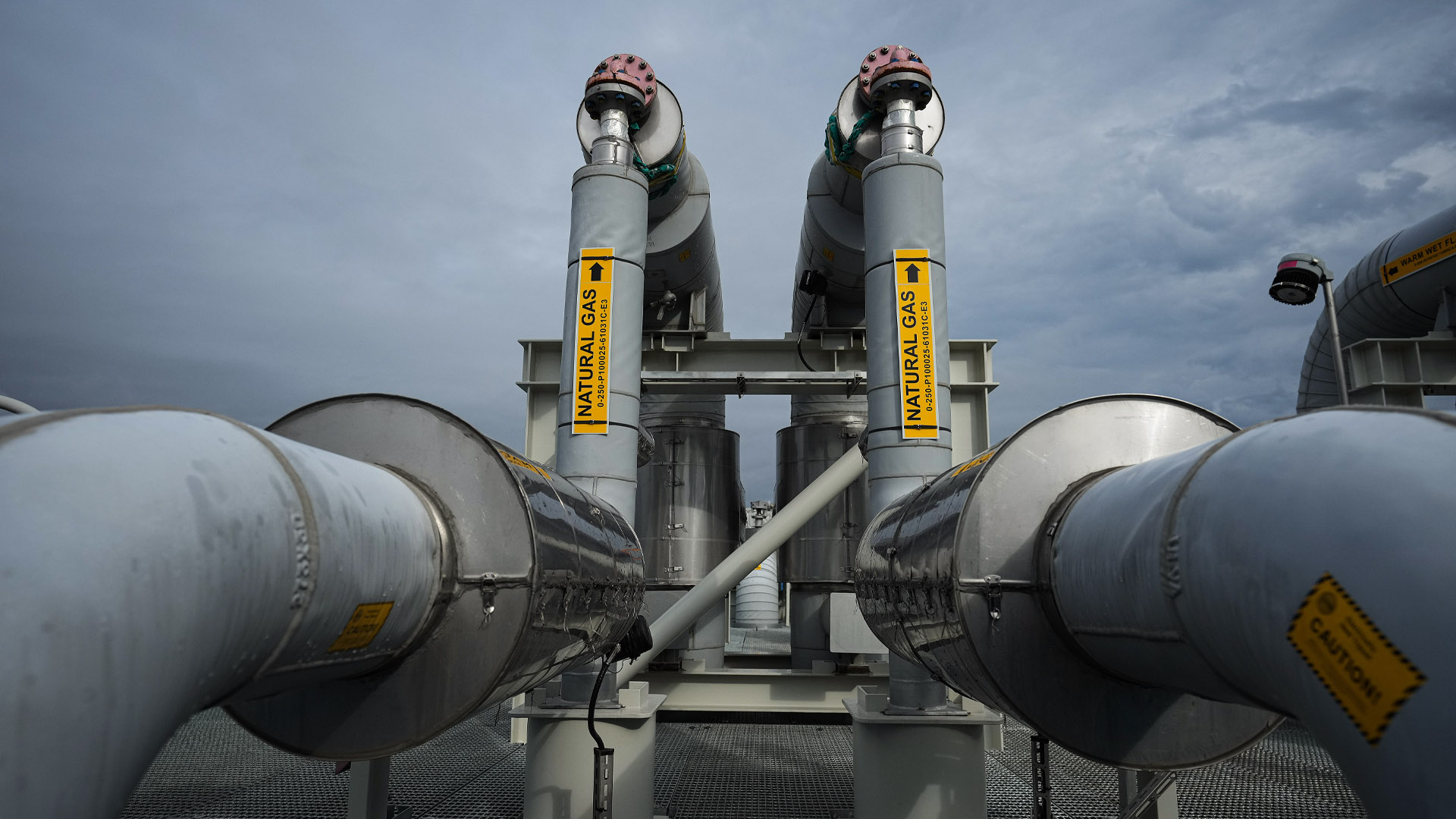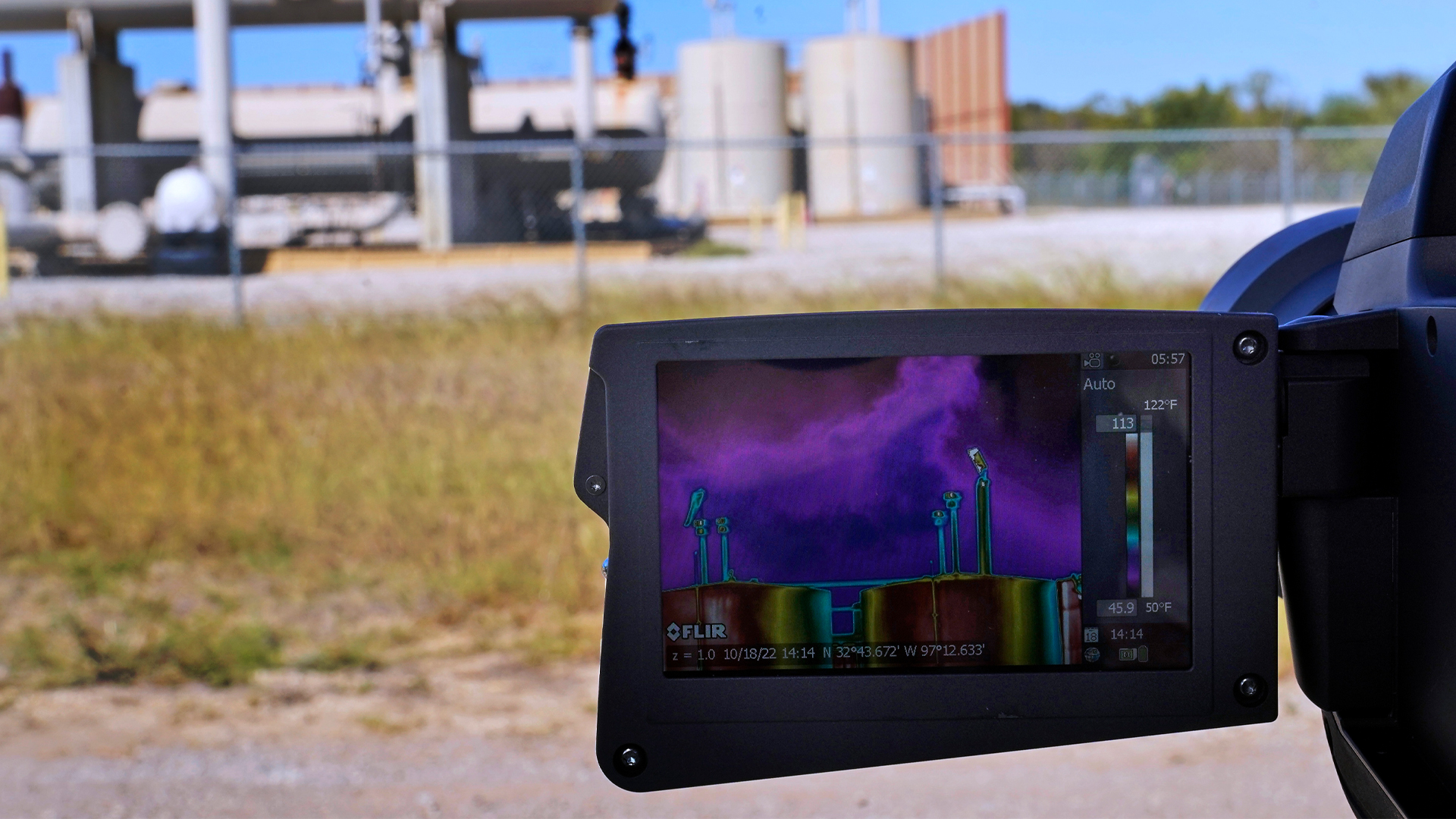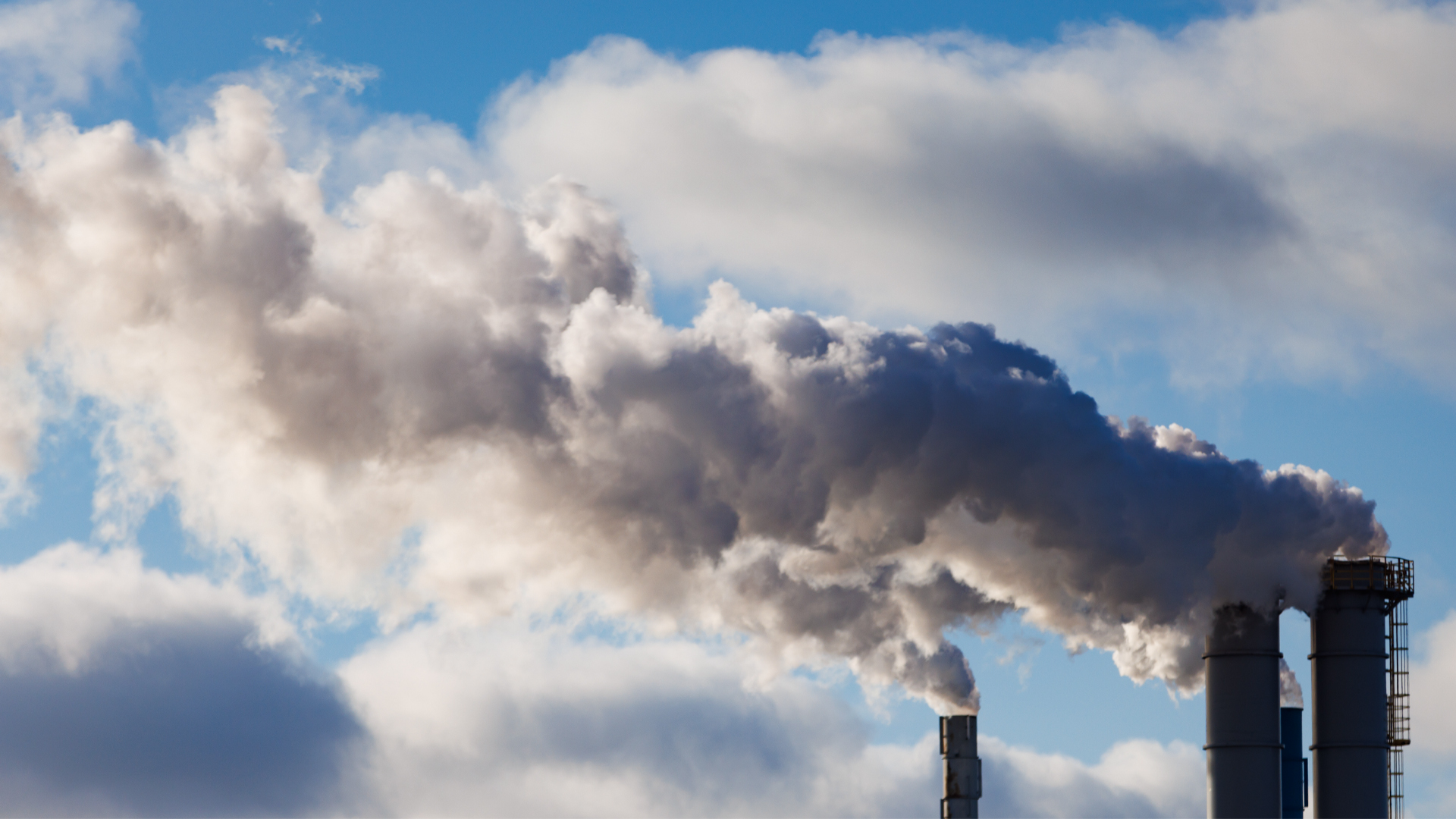
Canadians have seen lots of talk but little walk when it comes to overall greenhouse gas (GHG) emission reductions. So, reports that Canada’s oil and gas industry has significantly reduced methane emissions seem to represent a welcome change.
Methane is a potent greenhouse gas that is produced naturally and by human activities relating to energy, agriculture and waste. Many of the oil and gas industry’s methane emissions result from the production, distribution and storage of natural gas.
It can be easy to vilify the oil and gas industry, but if our best evidence suggests that it’s performing well on a reduction target, then give credit where credit is due, right?
Well, not if our “best evidence” is not actually very good. Current gaps in monitoring mean the available data regarding methane emissions are incomplete and unreliable. Without an accurate picture, it’s hard to gauge progress in a meaningful way – and it’s hard to know how much celebration is in order. To get the facts right, a truly comprehensive monitoring system with three key components is essential, because current tools are likely to be vastly underestimating the problem.
An apparent success in a string of failures
Canada has a record of failure on its overall climate commitments. Its policy approach has been described as incoherent and it has arguably not done its fair share to meet the Paris Agreement’s target of holding global warming to 1.5 degrees Celsius compared to pre-industrial levels.
That’s all pretty discouraging.
Against that bleak backdrop, an apparent ray of hope has emerged: Canada seems to be doing well on reducing methane emissions.
Methane accounts for 20 per cent of worldwide GHG emissions and 13 per cent of Canadian GHG emissions. It is also 84 times as potent as carbon dioxide on a 20-year timescale in terms of warming the atmosphere. The oil and gas industry accounts for roughly 40 per cent of Canada’s methane emissions, due to intentional venting and unintentional leaks, particularly from storage tanks.
Methane emissions are frequently described as the “low-hanging fruit” of climate action, because cutting them is a quick and cost-effective way to reduce warming.
Canada appears to be reaching for that low-hanging fruit. In 2021, the federal government announced a target of reducing oil and gas methane emissions by 75 per cent, relative to 2012 levels, by 2030. It also joined the Global Methane Pledge to help reduce global methane emissions by at least 30 per cent from 2020 levels by 2030. At COP27, the Canadian government announced a proposed regulatory framework to get to the 75-per-cent reduction target.
Recent reports suggest that Canada is progressing toward that goal. Environment and Climate Change Canada’s 2021 review of Canada’s methane regulations for the upstream oil and gas sector claims that Canada is on track to reduce oil and gas methane by 40-45 per cent by 2025 relative to 2012 levels, notwithstanding acknowledged historical underestimates of emissions.
Likewise, the Canada West Foundation recently released a report that notes concerns about underestimated emissions but nonetheless celebrates Western Canada’s “substantial” and rapid reduction of methane emissions, calling it an “impressive outcome” and “a real accomplishment.”
You can be forgiven for feeling encouraged. I felt encouraged, too – until reports broke of a massive methane plume over the Lloydminster area that did not coincide with any reported venting events and of which Canadian regulators were unaware. A European Space Agency satellite just happened to catch it. But Canadian regulators had (embarrassingly) missed it. This raises the question: what else are they missing?
Multiple meticulously conducted studies suggest the answer is that they’re probably missing a lot. That’s a big deal. It means that there is a serious credibility problem when it comes to our methane emissions data.
Reported data is out to lunch, and we know it
We know that underestimation and underreporting of methane emissions are commonplace globally. According to the International Energy Agency, global methane emissions from the energy sector are about 70 per cent higher than officially reported data.
Canada is no exception here. Many regional studies have shown that methane emissions significantly exceed reported levels.
Researchers in Ontario found that unintentional (or “fugitive”) methane emissions are more than 90 per cent higher than reported levels. The authors note that even small measurement differences have significant consequences for climate and climate targets.
A study of oil and gas infrastructure near Red Deer, Alta., found that measured emissions were 15 times higher than reported emissions. The report says the majority of emissions in the region at the time of the study were from unreported sources. Moreover, a study of multiple sites, primarily located in Alberta, found that upstream oil and gas methane emissions are underestimated by a factor of 1.5. An additional study of Saskatchewan and Alberta concluded that methane emissions from fossil fuel extraction and processing are nearly twice as high as reported levels.
In British Columbia, researchers studied methane plumes using on-the-ground mobile surveys. They found that methane emissions exceeded reported estimates by 78,000 tonnes. Another research group in B.C., the Methane Emissions Research Collaborative (MERC), used aircraft-mounted laser technology to measure methane emissions. According to Jan Gorski, the Pembina Institute’s director of oil and gas, MERC’s research “confirms other similar research which shows that the oil and gas sector emits as much as twice the methane that current estimates show.”
CBC recently reported that Tim Doty, a former senior regulator for the Texas Commission on Environmental Quality, surveyed 128 sites in Alberta and Saskatchewan. “There’s uncontrolled methane everywhere,” he said. “I just can’t describe the magnitude of the emissions we saw.” He also remarked, “I don’t think – and my experience tells me – that regulatory authorities have any idea of how much methane is going into the atmosphere.”
None of that is to say Canada’s apparent progress on methane emissions reduction is totally illusory. My point is just that we should only be as confident in our apparent progress as we are in the currently available evidence, and we shouldn’t be all that confident in the currently available evidence.
Developing a comprehensive monitoring system
The good news is that our evidence can be expected to improve.
Canada plans to establish a Global Centre for Excellence on methane detection and elimination, which has the potential to improve measurement. Moreover, the federal government promises to develop a “comprehensive, nationally-consistent emission monitoring and reporting system.”
The monitoring aspect of the proposed system is key, because what matters most is actual emissions. We can’t afford to assume – even in a context where “true, accurate, and complete” reporting is a regulatory requirement – that self-reported data will completely and consistently reflect actual emissions.
A truly comprehensive monitoring system shouldn’t rely solely on any one particular technology. Due to the extreme distribution of methane emissions resulting from the periodic occurrence of super-emitting events, it also shouldn’t rely on intermittent – or even “frequent” – inspections or monitoring.
Rather, a truly comprehensive monitoring system should:
1) Require expansive, independent use of continuous emissions monitoring systems
2) Integrate an array of methane detection and measurement technologies, including mobile ground, drone, airplane and satellite technologies
3) Partner with international agencies to leverage the capacities of the global satellite network.
Improved monitoring and measuring technologies, methodologies and regulations are on the horizon. Until they materialize, and until we have more reliable data, it’s still too soon to celebrate the apparent extent of our progress on methane reduction.










